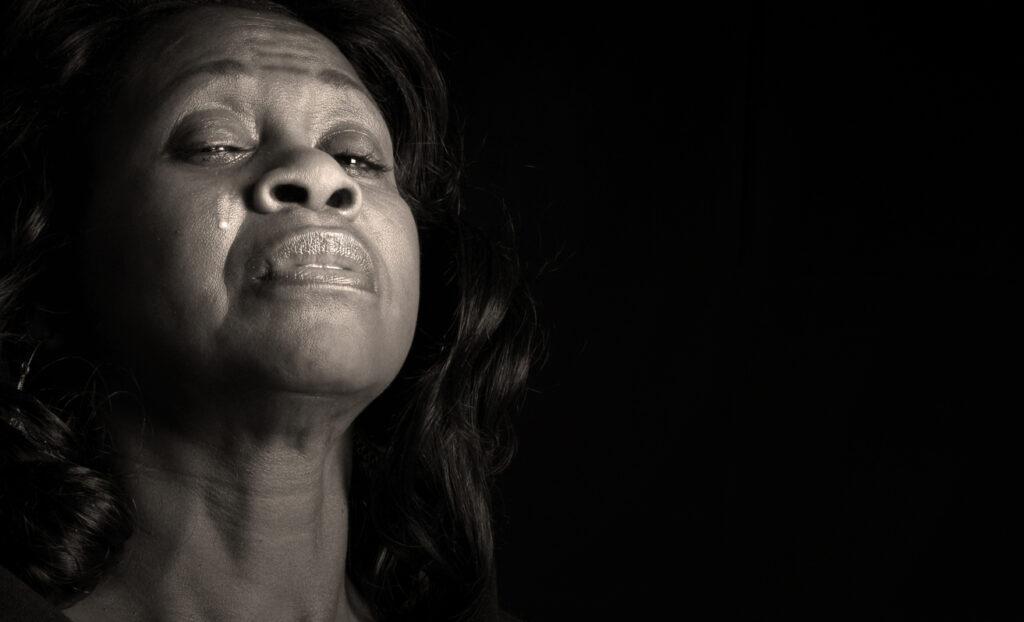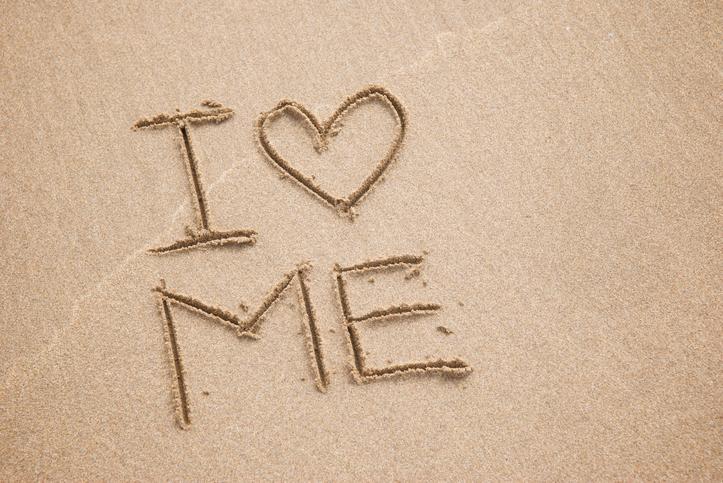There are many ways that we can greet people: hello, how are you doing, how’s life, what’s up, hey, good to meet you, etc. The list goes on and on based on your upbringing, your culture, your primary language and just how you’re feeling that day. Greetings are powerful in their simplicity. They are ways to connect with a friend, family member or stranger. And in some cultures, this simple way of connecting can help us to understand our values and who is important to us.
Imagine you’re in Kenya and someone greets you with Kasserian Ingera. You learn that this greeting means, “And how are the children doing?” It would catch many of us off guard. That’s a profound way to connect with someone and it warrants thoughtful consideration. To ask this question suggests that a very high value is placed on the well-being of children. If our youth are struggling, the whole community is struggling. If the youth are well, society prospers. When I conduct workshops on trauma-informed care, I ask the workshop participants to consider how they would answer this question. Some of the responses include resilient, struggling, okay, traumatized, my kids are doing alright, and I am not sure.
So how are our children doing? About eight years ago, I learned about the Adverse Childhood Experiences (ACE) Study. Adverse Childhood Experiences (ACEs) are traumatic events, including abuse, neglect, and household dysfunction that happens before the age of 18. Based on numerous studies, we know that 45% of children in the United States have experienced one ACE. Additionally, one in 10 children has experienced 3 or more ACEs.
The original ACE questionnaire includes ten questions related to one’s experience of the following:
- Emotional Abuse
- Physical Abuse
- Sexual Abuse
- Emotional Neglect
- Physical Neglect
- Parental Divorce/Separation
- Witnessing Domestic Violence
- Family Member abusing alcohol or street drugs
- Family Member with Mental Illness
- A family member in Prison
During my workshops, I ask participants to calculate their ACE score. I also ask them to think about a child they know and calculate his/her ACE score. I will ask you to do the same. Pause now and consider what your ACE score is and the ACE score of a child you know. Put a one next to the item that you experienced and a 0 next to the item that you did not experience. Did you calculate a score for you and a child you know? Okay, you can continue to read along.
My ACE score is two. My parents divorced when I was about five years old, and I grew up around family members who struggled with depression and anxiety. I have worked with many clients who have an ACE score higher than 5. As the number of ACEs increases, so does the risk for illicit drug use, depression, liver disease, unintended pregnancies, chronic obstructive pulmonary disease, just to name a few. Exposure to ACEs is related to risky health behaviors, reduced brain development, chronic health conditions, and a lifespan that is 20 years shorter than those who don’t experience trauma.
Between 3 and 15 percent of girls and 1 to 6 percent of boys who are exposed to traumatic events develop post-traumatic stress disorder (PTSD). Common symptoms include fear, depression, anxiety, trouble concentrating, difficulty trusting others, difficulty regulating emotions and scanning the environment for danger. One might even see behavioral and emotional issues in children who don’t have a PTSD diagnosis. Such problems include anger issues, changes in appetite, somatic complaints, school refusal, and attentional difficulties.
I want to say that our children are doing well, but the data speaks for itself — one out of every four children attending school experiences traumatic stress; 14%t of children experience abuse by a caregiver; and 60% of students 17 years or younger are exposed to crime, violence, and abuse. Our children are amazing and resilient. Our children are smart and creative. And too many of our children are exposed to experiences so stressful that it changes the architecture of their brain.
For the past four years, I have collaborated with schools throughout the country to discuss ways that we can recognize the signs and symptoms of trauma in our students and staff and respond by integrating this knowledge about trauma into school policies and practices. This work is so valuable and meaningful. It’s important that we all become aware of the widespread impact of trauma and seek to actively resist re-traumatizing the most vulnerable among us. Once we become aware of the devastating impact of childhood trauma, we can make a change. And when we participate in this change process, we are setting the conditions for folks to hear Kasserian Ingera and answer by saying, “All of our children are doing well.”
Additional information on ACEs and the ACE study can be found here:
Centers for Disease Control and Prevention, Violence Prevention Program, ACEs Study
Felitti VJ, Anda RF, Nordenberg D, Williamson DF, Spitz AM, Edwards V, Koss MP, Marks JS. Relationship of childhood abuse and household dysfunction to many of the leading causes of death in adults: the adverse childhood experiences (ACE) studyExternal. Am J Prev Med. 1998;14:245–258.
Robert Wood Johnson Foundation, The Truth about ACEs.







